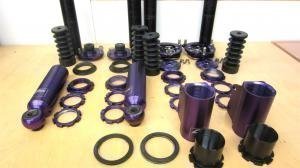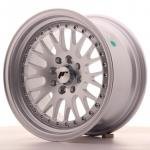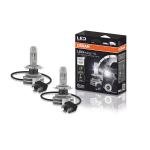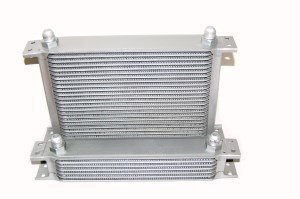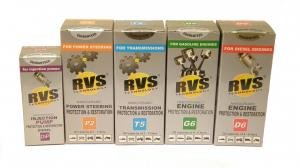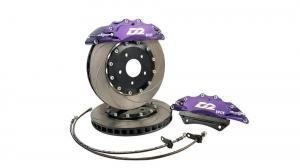D2 8 year old coilover review
2014-12-08 15:02:35 by Wille8-year-old D2 coilover review
Last weekend we took a closer look at the 8-year-old D2 street coilover kit which has been on Willem's S13. The kit has seen some 50.000km on the highway, downtown traffic and amateur trackdays.
When installed, the kit wasnt protected, simple WD40 was used as a lubricant. The topmount uniballs were lubricated from time to time with WD40 or chain lube. The car has been driven in both summer and winter - 25C, and similarily stored outside for as long as one year without moving. It even had a tree fall on top 4 years ago.
All in all, the car and it's coilovers have seen pretty much, and have been used like we would guess most other coilover users use their kits as well.
The idea of the review came when we drove the S13 into the garage and started to think what to in the weekend. A few minutes later the car was sitting firmly on jack stands and the suspension was on the table. Here are some pics of the kit on the car:
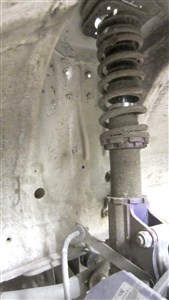
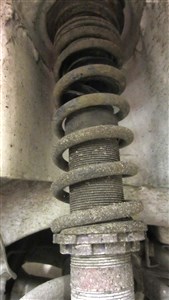
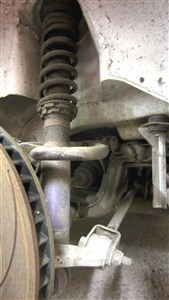
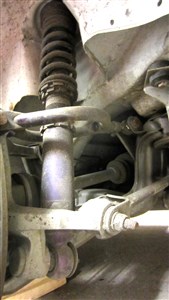
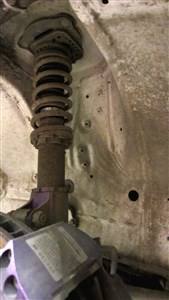
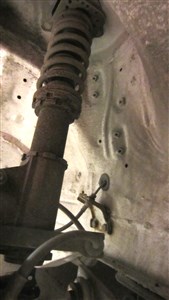
Taking the suspension off the car was a pretty easy job. All the bolts came off easy thanks to a complete overhaul of the car 8 years ago. Control arms didnt need to be loosened and the struts came out without sweat. Something told us the kit would need a shower:
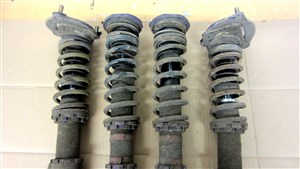
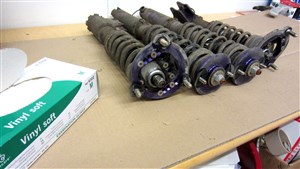
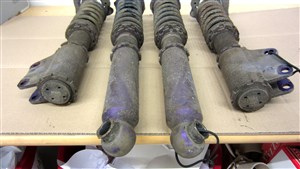
After the kit took it's shower it started to look like it should. At this point it was clear that the parts them selves were mechanically in a good condition. There is slight rust on the threads, and the springs paint flakes off, but these were aesthetic problems at best.
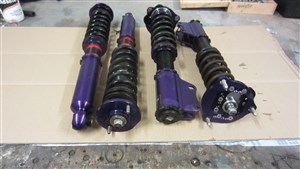
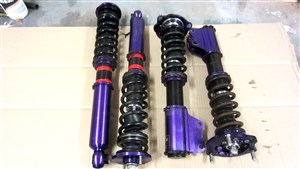
Some of the locking collars sat tight. Trying to open them on the table usually means stripping skin from your knuckles, so mounting the coilover on the workbench allowed us to use a longer lever to the C-wrenc. All in all, it was easy to take apart as soon as we realised we need to really mount it properly and stop teasing our selves with a slippery coilover on the table.
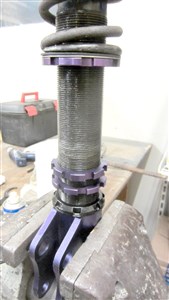
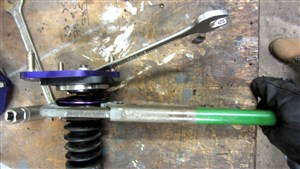
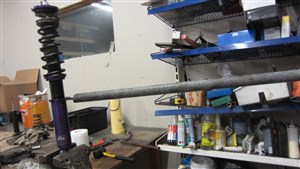
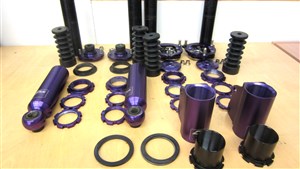
The springs were measured againt a new spring. The length was the same, and by pressing against a simple scale in a press the rate has not been effected. This is not the most scientific method, but is easy to do in any garage and readily available equipment. The springs dont look good, but the specs are what they should be.
We soaked the springs in a product called evaporust which eats away rust. Phosphoric acid is cheaper, but acids need to be neutralized.
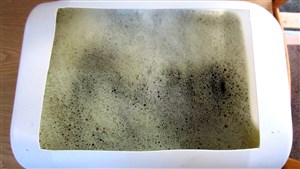
The shock absorbers were also checked against each other and a new factory damper by pressing them in. If the shocks return very slowly, or dont return to the top at all, it means nitrogen has leaked out. Similarily, if the shocks can't be pressed all the way down, it means oil has been leaking and the piston rod would hit the floating piston.
Neither cases applied and the rate of return was about the same as a new one, so we can safely say the dampers have no leaks. A shock dyno would reveal if the oil viscosity has changed, but such an apparatus isnt available in any garage so that's why we tested in a less scientific way.
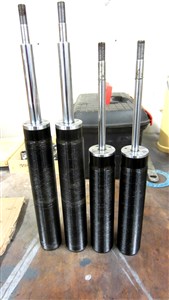
The kit was assembled after it had been tested. We replaced the dust seals since they had definitely seen their best days. The springs look awful, but after fitting the kit on the car it wont bother me at least.
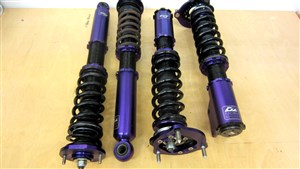
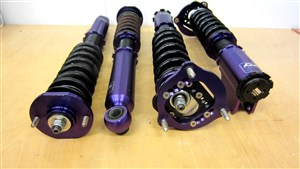
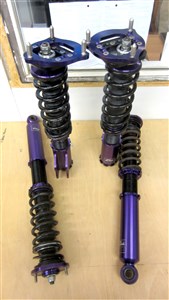
After our garage check, we can say that the kit has withstood the 8 years of use with a straight back. The kit will go back on the car, and we will take a new look at it in 2021 when it turns 15 years.
Product quickies
» D2 coilovers» Adjustable suspension kits
» Lowring springs
» Non-adjustable suspension kits
» Shock absorbers
» Air suspension
» Suspension hardware
You might also want to read
» Hot to adjust a coilover» New better Finnish regulations for suspensions, 1.10.2015






